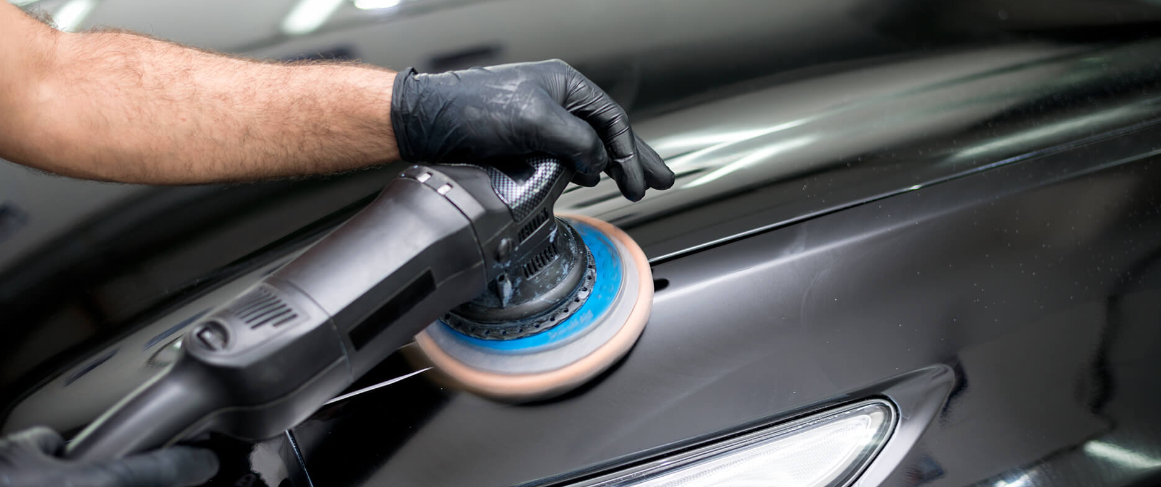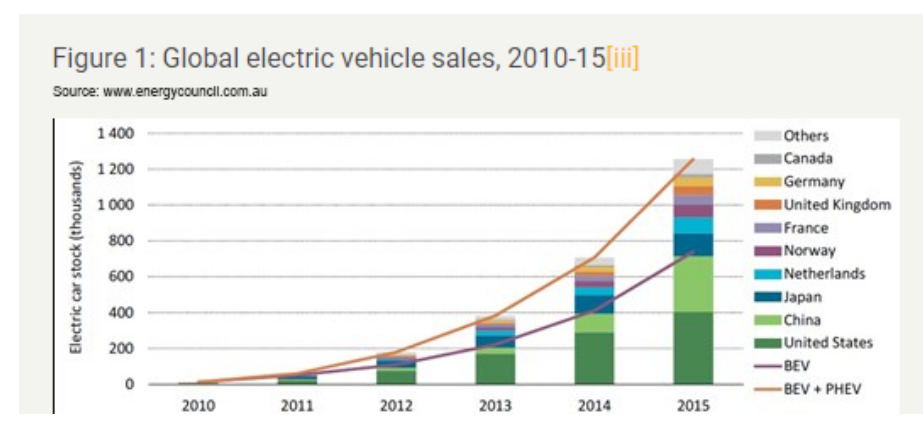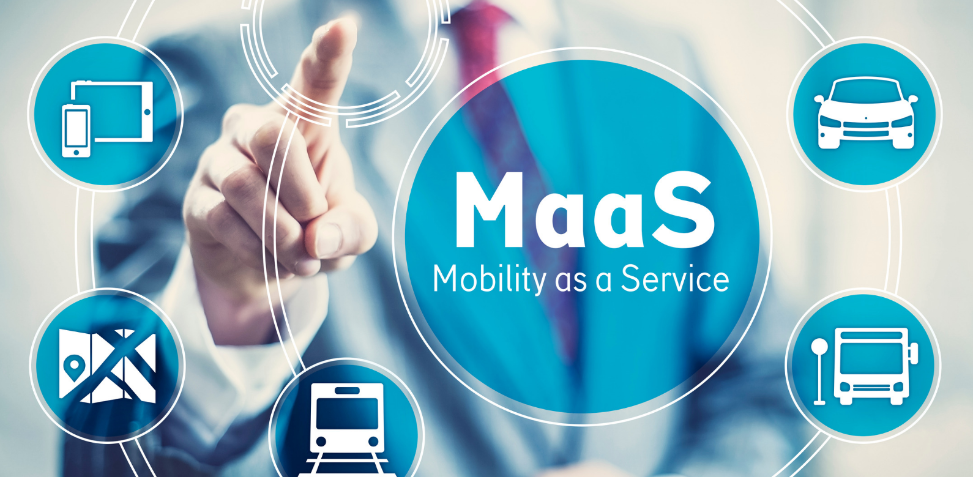
7 Insider Tips for Choosing a Parking Guidance System (PGS
Here are our tips on what to look for when selecting a parking guidance system to invest in for your asset.

The uptake of parking guidance systems (PGS) among asset owners has grown substantially in recent years, and given the benefits they provide, it’s easy to understand why. As a result, there have been some new market entrants providing parking guidance solutions. Regardless of who you choose for parking guidance here are our tips on what to look for when selecting a parking guidance system to invest in for your asset:
1. Asset Yield – research shows that 10% of car park bays are empty when customers think they’re full*, depriving asset owners of additional custom and the opportunity to optimise revenues. Furthermore, studies tell us that the ease of parking is more important than store promotions when consumers are choosing where to shop*.
By investing in a PGS you’re creating customer loyalty. Returning customers are great word of mouth promoters of your asset and increase the yield of your car park facilities. For optimal results, it is necessary to ensure that what the customers sees is simple, easily understood and timely.
2. Accuracy – accuracy matters. Customers love parking guidance but when they see a green bay availability indicator light above occupied parking bays their experience quickly turns sour. There is also little point having way-finding signage in place if the display data is several minutes behind in updating. Your parking guidance signage and indicator lighting needs to be correct and updating in real time. The lack of accuracy or update performance will only serve to create more complaints and waste the time of your asset managers. Check the update frequency, reporting and notification features of any system to ensure that the data supplied is going to be of use to effectively manage (and improve) your operations.
3. Equipment – Ensure that the hardware that is being installed in your asset is one that is robust and reliable. A parking guidance system is generally in operation all day, every day and situated in an environment that demands durability.
4. Maintenance – Check the maintenance programs of your provider to ensure your investment is going to be looked after for at least 5 if not 10 years. Software in particular but hardware also will inevitably require maintenance to ensure ongoing functionality and smooth operations.
5. Customisation – No two car parks are the same; and if your car park has specific or unique requirements it is critical to ensure that you have flexible and dynamic signage messaging capabilities. Specialty bays; time variant availability; the combination of commercial and residential parking areas are different for each location. It is also important to ensure that your parking guidance system can be customised and easily tailored.
6. Signage – A parking guidance system without excellent way-finding signage is a poor investment choice. Ensure that the signage installed is sufficient to make the way-finding and customer experience smooth and stress free.
7. Installation – check that the installation method and processes will minimise disruption to your daily operations during the project phase. Check that the installation Project Manager has considerable car parking industry expertise. Most people underestimate how complex these assets are.
Improving yield and customer experience are often the key drivers to install a parking guidance system and your car park will reap rewards from a PGS only if the above 7 factors are tailored to the unique requirements of your asset. But if it’s done well, it’s a compelling ‘win-win’ for asset owners and car mark managers and a great experience for your customers.
For site tours, quotes, technical specifications and trusted advice from experienced parking industry professionals, contact us.
* Sources: 1. Cormack, L. (2016) Sydney Morning Herald 2. Brantley, D. (2015) Parking Today






Recent Comments